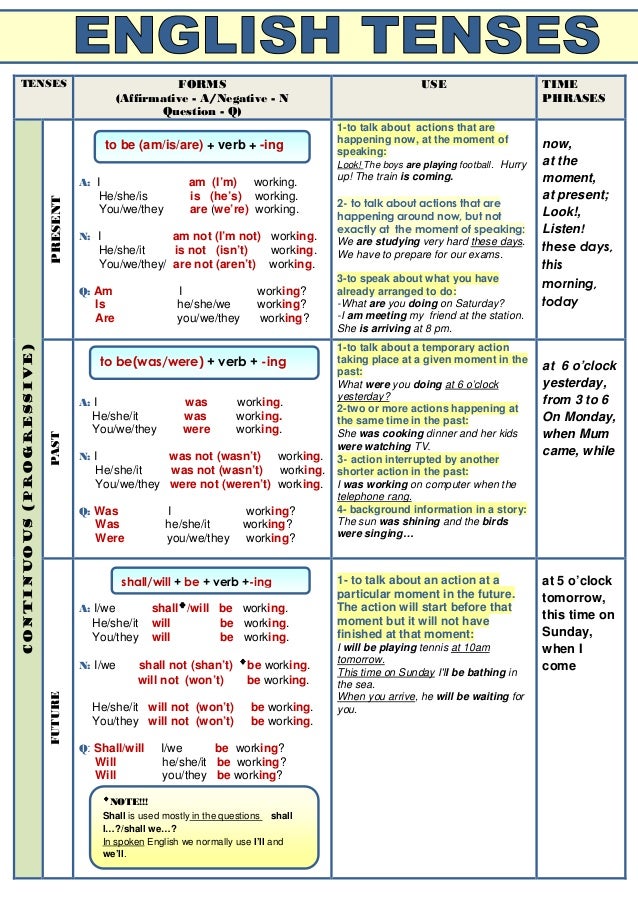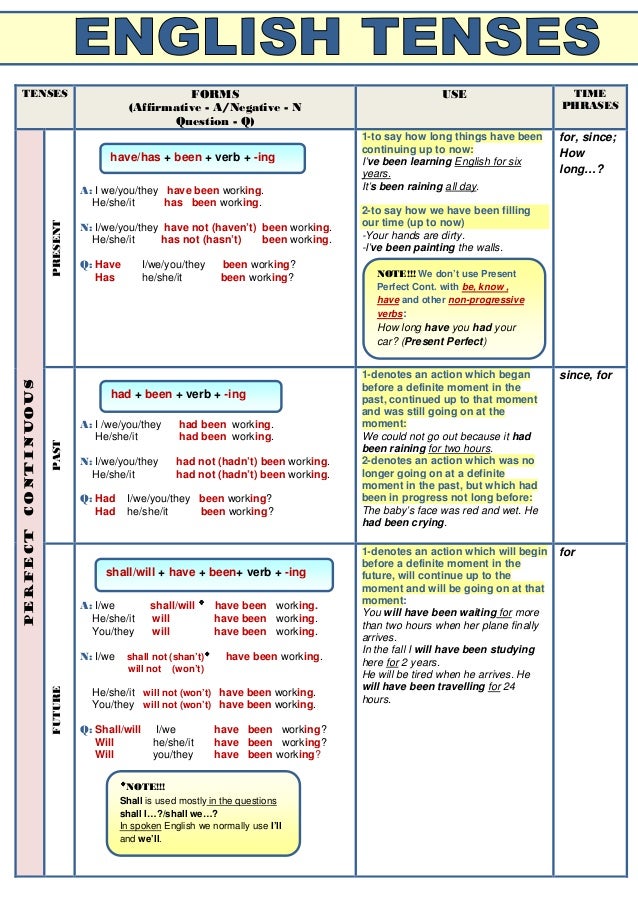English Grammar Table Of Tenses
Scanpst.exe download free crack. Your computer will be at risk getting infected with spyware, adware, viruses, worms, trojan horses, dialers, etc while you are searching and browsing these illegal sites which distribute a so called keygen, key generator, pirate key, serial number, warez full version or crack for scanpst exe. These infections might corrupt your computer installation or breach your privacy.
Master ALL TENSES in 30 Minutes: Table of Verb Tenses in English with Grammar Rules and Examples 7 E S L. Fix Your English Grammar Mistakes: Talking about People - Duration: 13:33. Comparison of Verb Tenses in English Grammar Present Simple vs. Present Continuous. Learn the difference between Present Simple and Present Continuous tense with examples and useful grammar rules. The present simple tense is used to express general truths, while the present continuous tense describes actions happening now.; The present simple tense is used to indicate present habits, while. The rules governing verb tenses are dictated by logic; an action in the future obviously cannot happen before an action in the past. In writing, The rules governing verb tenses are dictated by logic.
Learning English verb tenses can be challenging for non-native speakers because there are so many rules to remember. By using a chart, you can simplify the task of learning all 13 tenses by breaking them down into different sentence structures. The following tips will also help you improve your English skills as you practice tenses.
All English Verb Tenses Chart
Change Auxiliary Verbs
Remember that each tense changes in the auxiliary verb, rather than the main verb. The main verb is either in its simple form (do/did, play/played, make/made), the present participle (going, playing, watching, eating) or the past participle (had, done, thought, etc.).
- I am watching TV right now.
- You are watching TV right now.
- He is watching TV right now.
Be Careful with Present Simple and Past Simple Positive
The only tenses that do not take an auxiliary verb are the present simple and past simple.
- She teaches Russian on Tuesdays.
- They played soccer yesterday.
Use Time Expressions
In order to choose the correct tense, make sure to check the time expressions used before you conjugate. You need to know when something happens before you can decide which tense to use. In this first example, 'right now' implies the present continuous tense.
- We're learning English right now.
In the second example, the phrase 'for three years' indicates duration of time in the present perfect tense.
- He has lived in New York for three years.
Keep Verbs Together
Keep the auxiliary and main verb together in positive and negative sentences. The only word that should ever come between the auxiliary and main verb is in a question (the subject) and adverbs of frequency.
- She has worked her for a long time.
- Peter didn't understand the question.

Exceptions:
- What were they doing at 7 p.m.?
- He hasn't often traveled abroad.
Differences Between Action and Stative Verbs
English Tenses With Examples Table
Only action verbs are used in continuous and perfect continuous tenses. Stative verbs, verbs that state how something is or appears, are not used in the continuous and perfect continuous tenses. In the first example, the verb 'playing' indicates action.
- They are playing tennis at the moment.
In this second example, 'want' implies a state of being (not 'wanting').
- They want to play tennis at the moment.
Learn Tense Types
There are four types of tenses: simple, continuous, perfect, and perfect continuous. It's helpful to learn groups of tenses together based on the principal function of each type. Here's an overview:
- Simple tenses focus on complete events.
- Continuous tenses focus on action at a specific moment in time and cannot be used with stative verbs.
- Perfect tenses focus on what has been completed from one time to another.
- Perfect continuous tenses focus on how long something has been happening from one time to another.
Check Your Understanding
Decide whether the following statements about tenses in English are true or false.
- Each English tense has an auxiliary verb.
- Positive, negative, and questions always include an auxiliary verb.
- Continuous tenses focus on completed events.
- It's possible to place an adverb of frequency such as 'usually' between the auxiliary and main verb.
- Perfect tenses focus on an action or a state that begins at one point in time and continues to the next.
- Perfect continuous tenses focus on how long an action or continues from one point to the next.

Answers
- True: All tenses in English have an auxiliary verb. However, auxiliary verbs are dropped in the positive form of the present simple and past simple.
- False: Drop auxiliary verbs in present simple and past simple positive sentences.
- False: Continuous tenses focus on actions happening at a specific moment in time.
- True: It's possible to place adverbs of frequency between the auxiliary and main verb.
- True: Perfect tenses focus on events and states over periods of time.
- False: Stative verbs are not used in continuous forms.
Tense Tables
Need more review? These tables outline the positive, negative, and question forms of the 13 verb tenses.